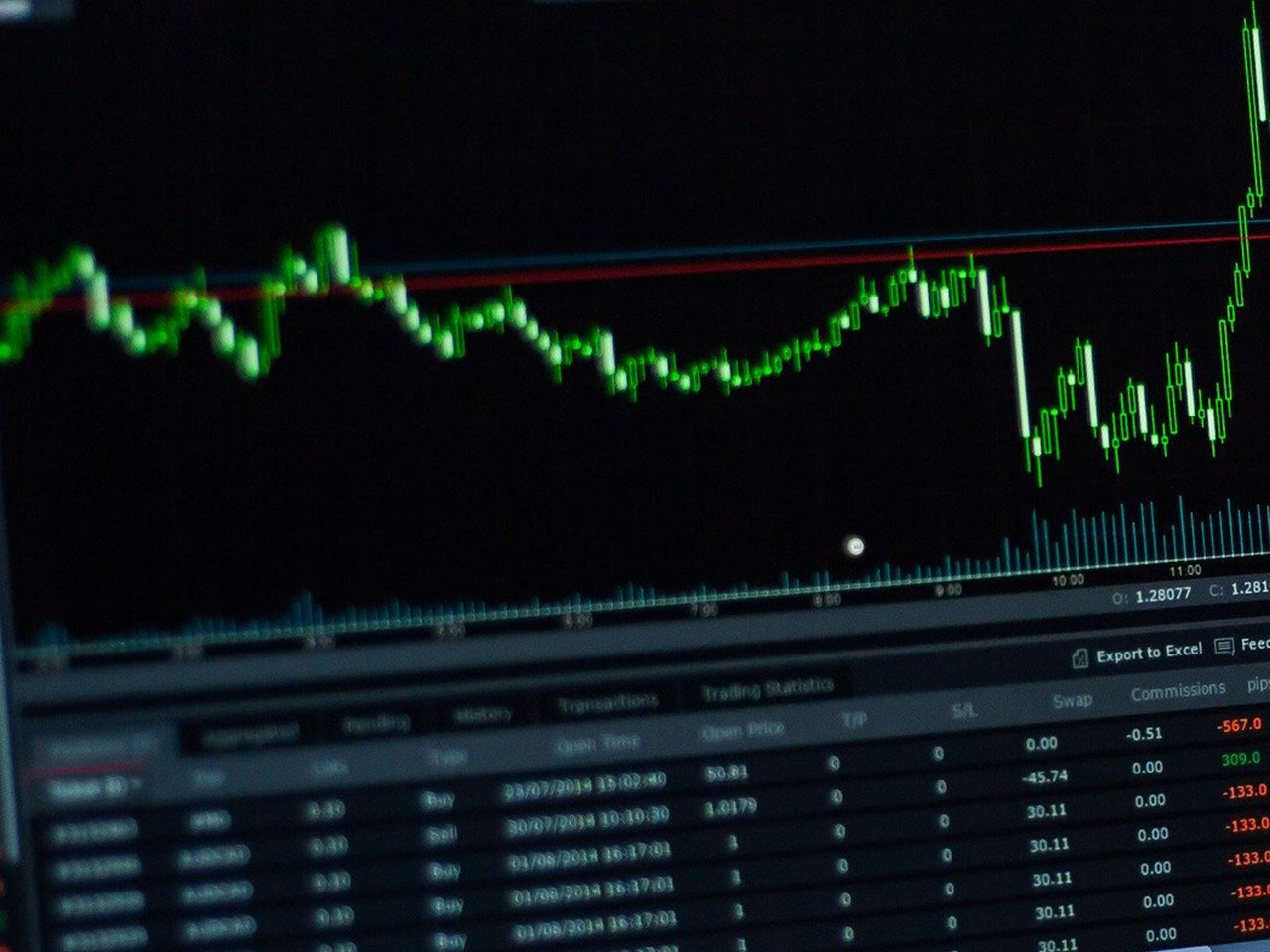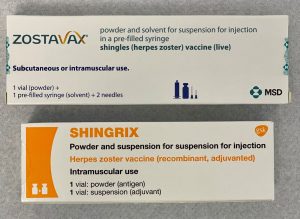Sarepta Therapeutics, Inc. (SRPT) stands as a prominent player in the biotechnology sector, focusing on the innovative development of RNA-targeted therapeutics and gene therapies, primarily for rare diseases like Duchenne muscular dystrophy. With a market capitalization of $1.17 billion, Sarepta is a key company to watch within the healthcare industry, especially for those investors eyeing significant growth potential in the biopharmaceutical arena.
The current stock price of Sarepta sits at $11.93, hovering at the lower end of its 52-week range of $11.93 to $146.03. This dramatic decline from its peak highlights the volatility and the challenges Sarepta faces in the market. Despite the recent drop, the stock’s potential upside is an enticing 72.38%, with analysts setting an average target price of $20.57. Such a substantial upside could be a compelling factor for investors looking for high-reward opportunities, albeit with a degree of risk.
In terms of valuation, Sarepta’s metrics reveal a complex financial landscape. The forward P/E ratio of 4.93 suggests that the stock could be undervalued relative to its earnings potential, especially if Sarepta successfully leverages its gene therapy pipeline. However, the absence of a trailing P/E ratio and other key valuation metrics like PEG, Price/Book, and Price/Sales indicates that the company is currently unprofitable, a common trait in biotech firms heavily investing in R&D for future breakthroughs.
Performance metrics further illustrate Sarepta’s financial journey. An impressive revenue growth rate of 80.20% underscores the company’s capability to expand its market footprint. However, the negative earnings per share (EPS) of -2.64 and a return on equity of -23.61% reflect ongoing challenges in achieving profitability. Moreover, a negative free cash flow of approximately $741 million highlights the capital-intensive nature of Sarepta’s operations, necessitating careful cash management and potential additional financing.
The technical indicators provide additional insights into Sarepta’s current market position. With a 50-day moving average of $26.73 and a 200-day moving average of $83.12, the stock is trading significantly below these averages, suggesting a bearish trend. The Relative Strength Index (RSI) of 33.24 indicates that the stock is nearing oversold territory, potentially signaling a buying opportunity for contrarian investors. Meanwhile, the MACD and Signal Line values, both negative, point towards a continued downward momentum, necessitating caution.
On the analyst front, Sarepta receives mixed opinions with 4 buy ratings, 17 hold ratings, and 5 sell ratings. This distribution reflects the market’s uncertainty about Sarepta’s short-term prospects, balanced by optimism for its long-term potential, primarily driven by its robust pipeline and strategic collaborations with renowned institutions such as F. Hoffman-La Roche Ltd and Nationwide Children’s Hospital.
While Sarepta does not currently offer dividends, making it less attractive for income-focused investors, its focus on breakthrough therapies in genetic medicine positions it as a pivotal player in the healthcare sector. The company’s innovative treatments like EXONDYS 51, VYONDYS 53, AMONDYS 45, and ELEVIDYS, alongside its development efforts in SRP-9003 for limb-girdle muscular dystrophies, underscore its commitment to addressing unmet medical needs.
For investors considering Sarepta Therapeutics, weighing the potential upside against the inherent risks of investing in a high-growth, high-volatility biotech stock is crucial. As Sarepta navigates the challenges of commercialization and financial sustainability, its strategic advancements in gene therapy could serve as key catalysts for future growth.







































